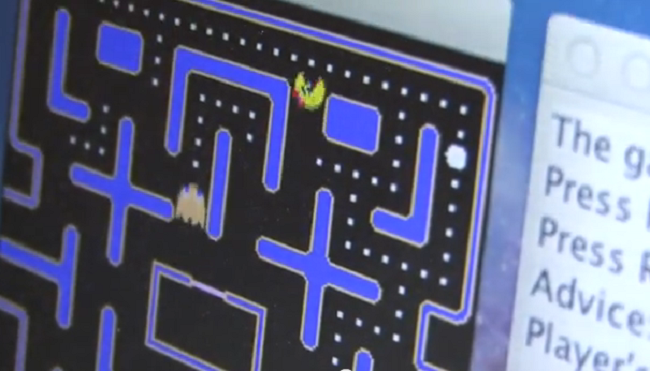
“First, they learned to learn,” may sound like the clichéd opening line of a movie on some fictional robot uprising, but in an inevitable twist of fate, researchers from Washington State University’s School of Electrical Engineering and Computer Science have engineered a method that allows a computer to advise and teach another computer.
The method emulates the interactions of a real teacher and student, claims WSU’s Professor in Artificial intelligence, Matthew E. Taylor, but in this case, the subject matter is gaming, specifically Pac-Man and Starcraft. As a Starcraft connoisseur in my early youth, I can whole heartedly attest that this is no simple feat. The game is an example of the real-time strategy genre, forcing players to perform dozens of actions on fly while simultaneously paying attention to a dozen other factors: positioning, resources, movement. My point is ─ a great deal of reasoning and cognitive flexibility is involved.
The implications of teaching a machine to do this should be fairly obvious. Once a machine learns to pass down knowledge to its processors, people won’t need to. For instance, if your housecleaning robot is totaled in some bizarre accident, the robot’s computer can transfer route-knowledge and cleaning preferences over to its replacement. As a matter of fact, there’s an entire branch of robotics research dedicated to helping robots teach each other how to play games. Games are a complex series of complex if and or statements after all.
“The ultimate goal of this research is not to just let one agent teach another agent, but to let one agent teach a human because anything we can do to speed up human learning will be good for education and learning,” iterates Professor Taylor. As robots become more common, this ability will see greater demand.
The biggest challenge of their research is fine-tuning the algorithm responsible for the machine’s advice-giving judgment. If no advice is giving, no learning occurs, but if too much advice is giving, the student will never outperform its teacher. Taylor states, “we designed algorithms for advice giving, and we are trying to figure out when our advice makes the biggest difference.’’
The easiest way to perform machine learning is to transfer the “brain” from the first machine to the second; however, this runs the risk of incompatible hardware and software.
Taylor assures the weary amongst us that we’ve nothing to fear in regards to any imminent take over. “They’re very dumb,” he says, “even the most advanced are easily confused. And when they get confused, they stop working.” Taylor points out that it often takes the computers two or three times the attempts he predicted before they succeed at whatever the appointed task is. At least we know that any potential risk is situated far in the future.
Via WSU
Advertisement
Learn more about Electronic Products Magazine






